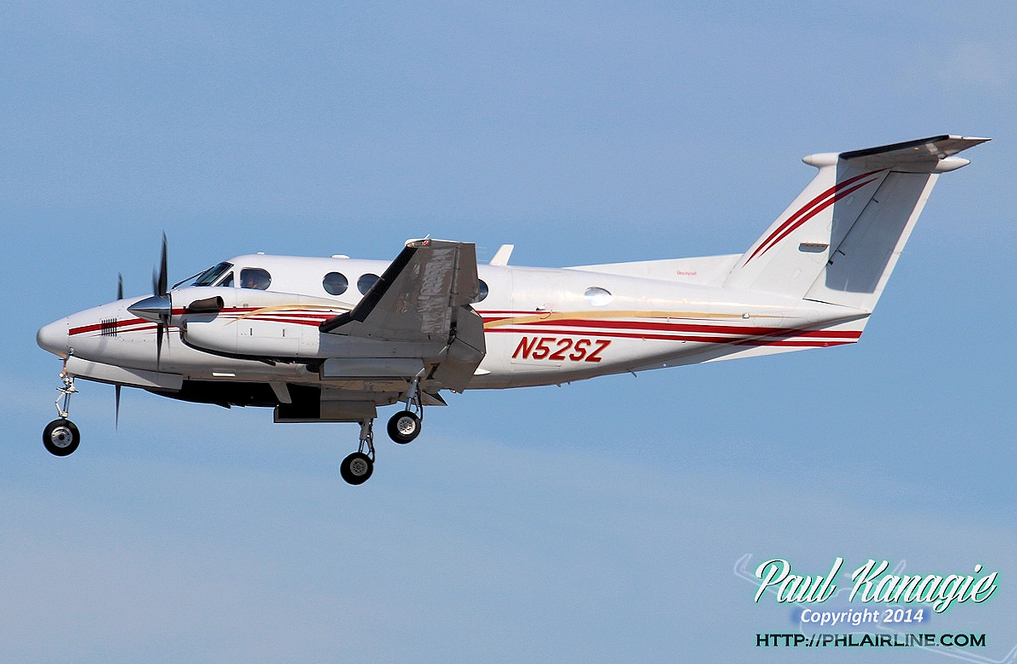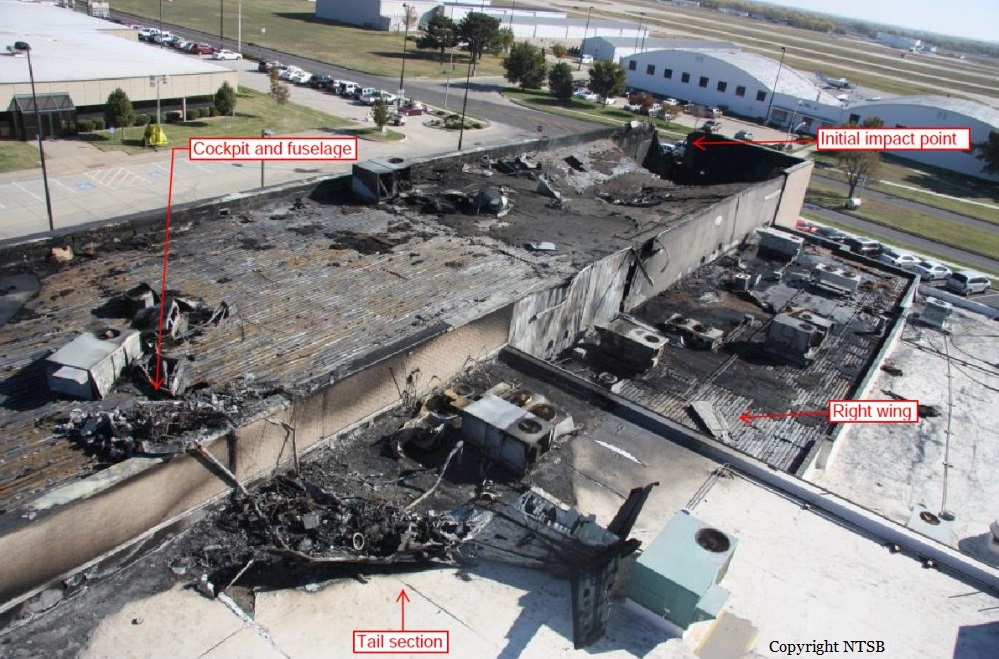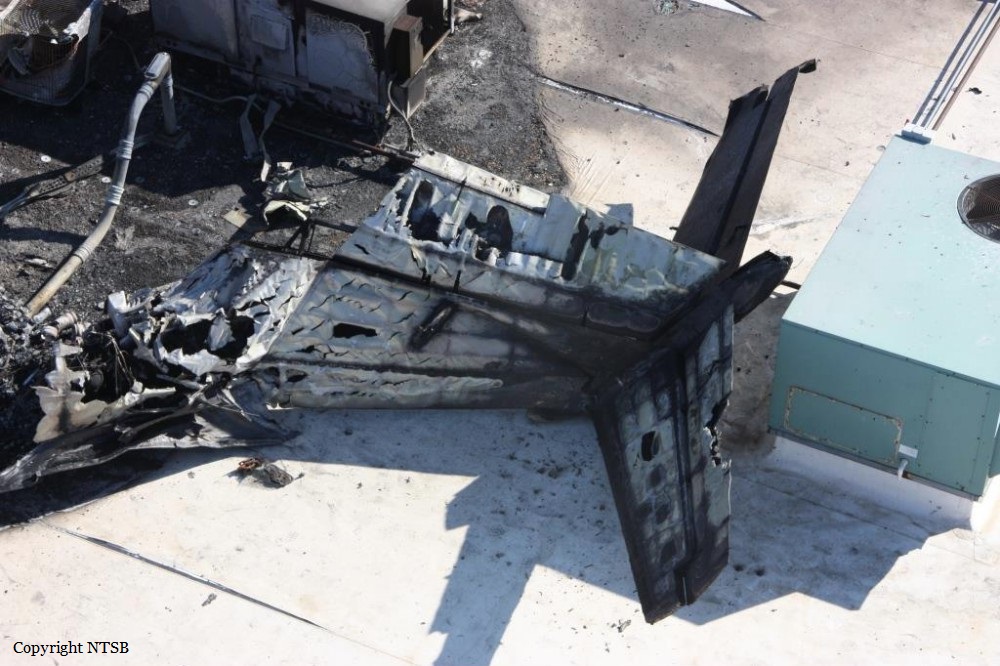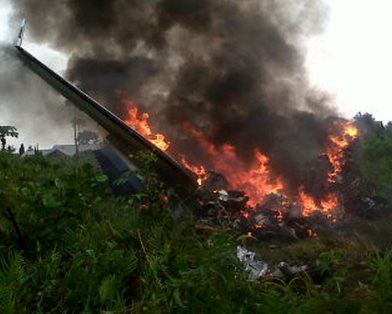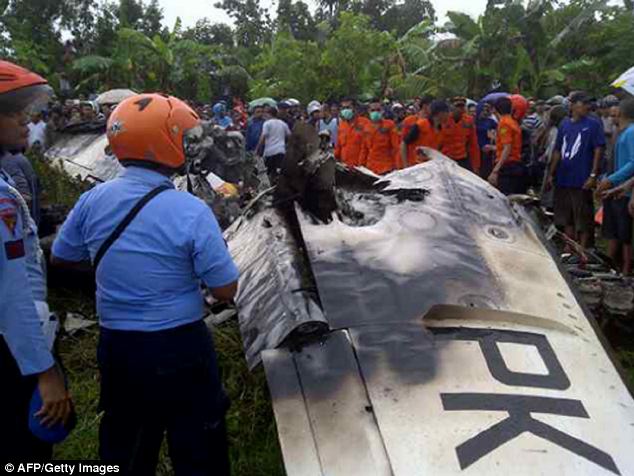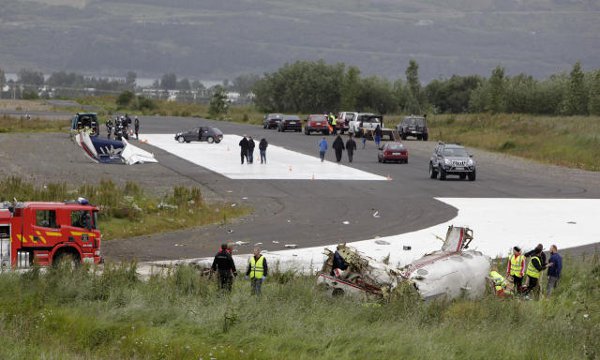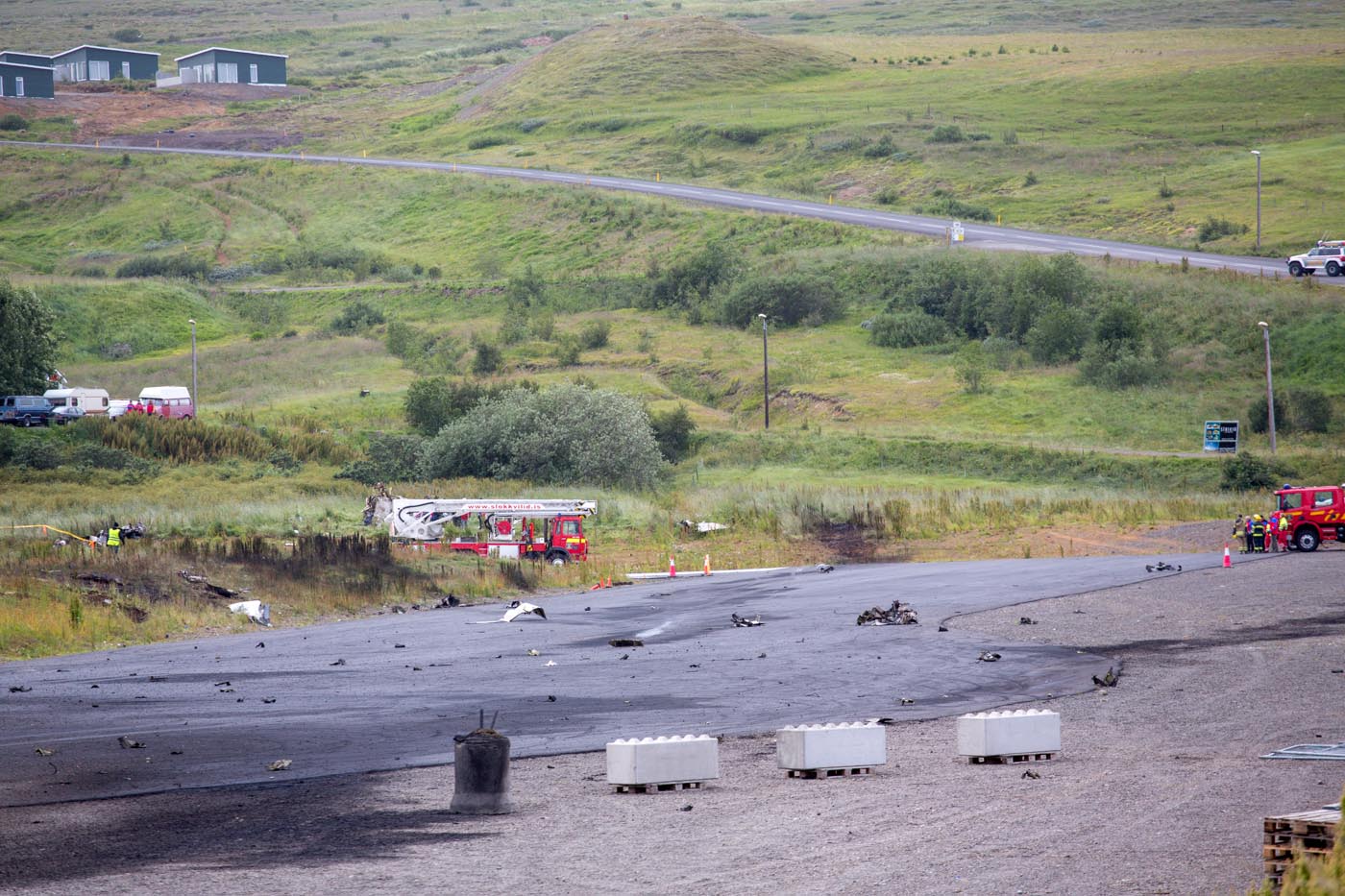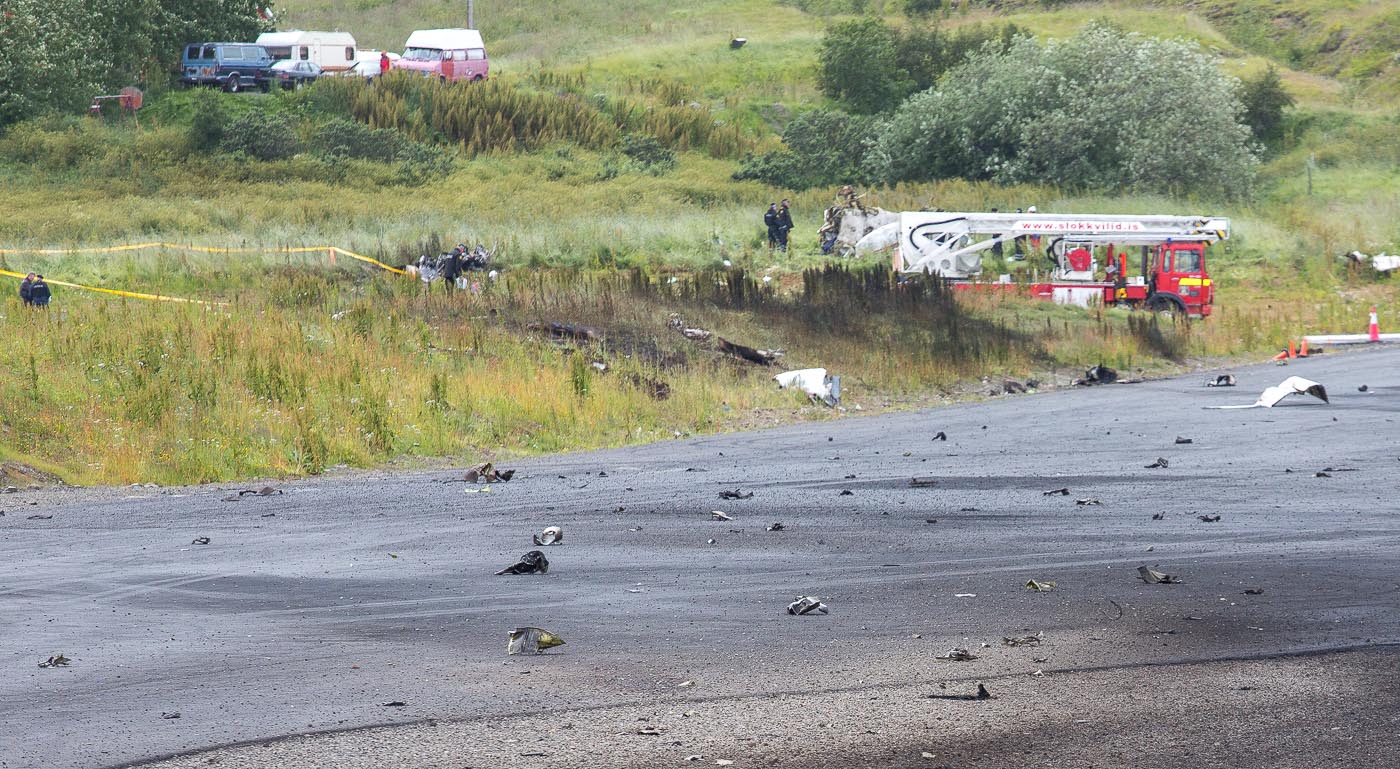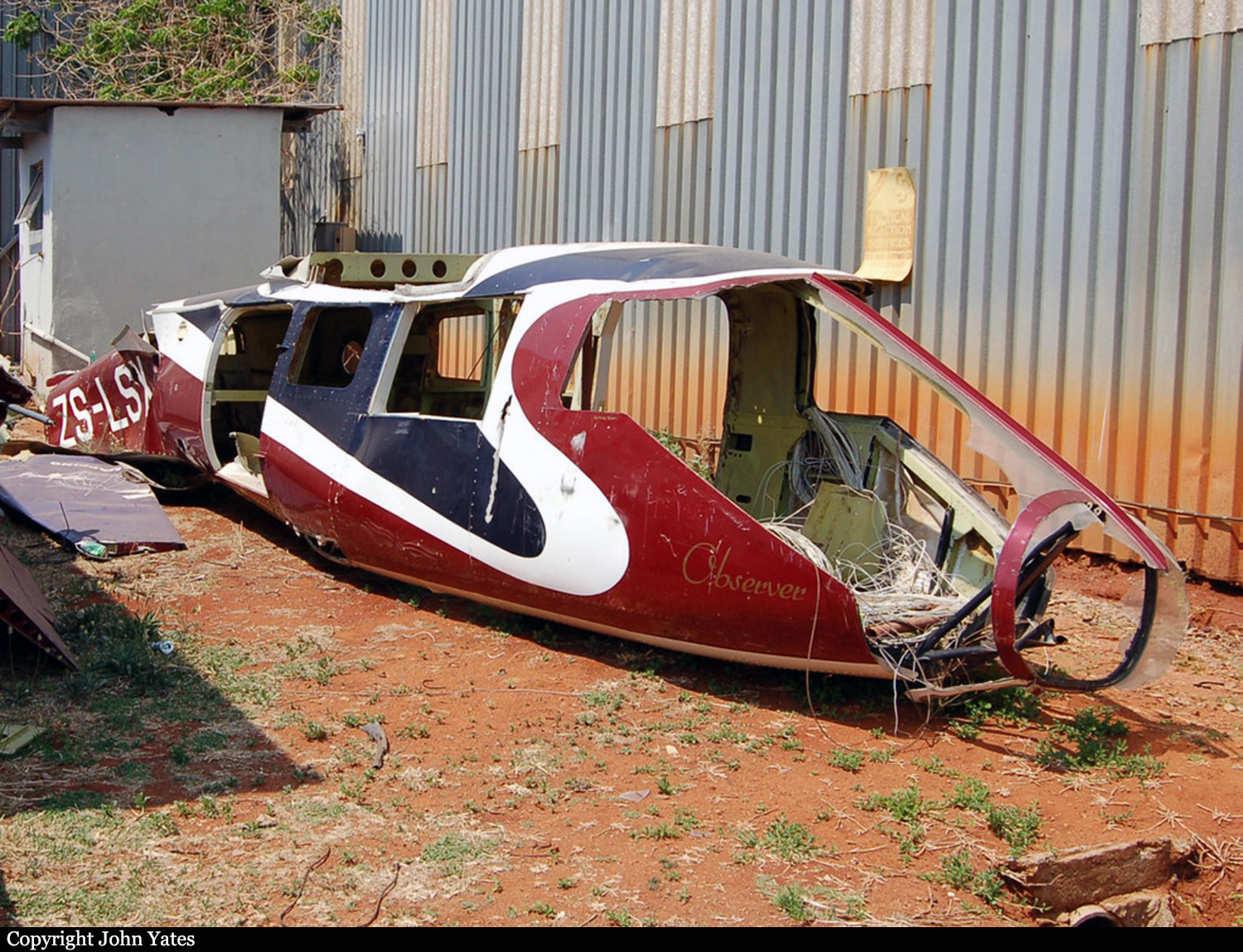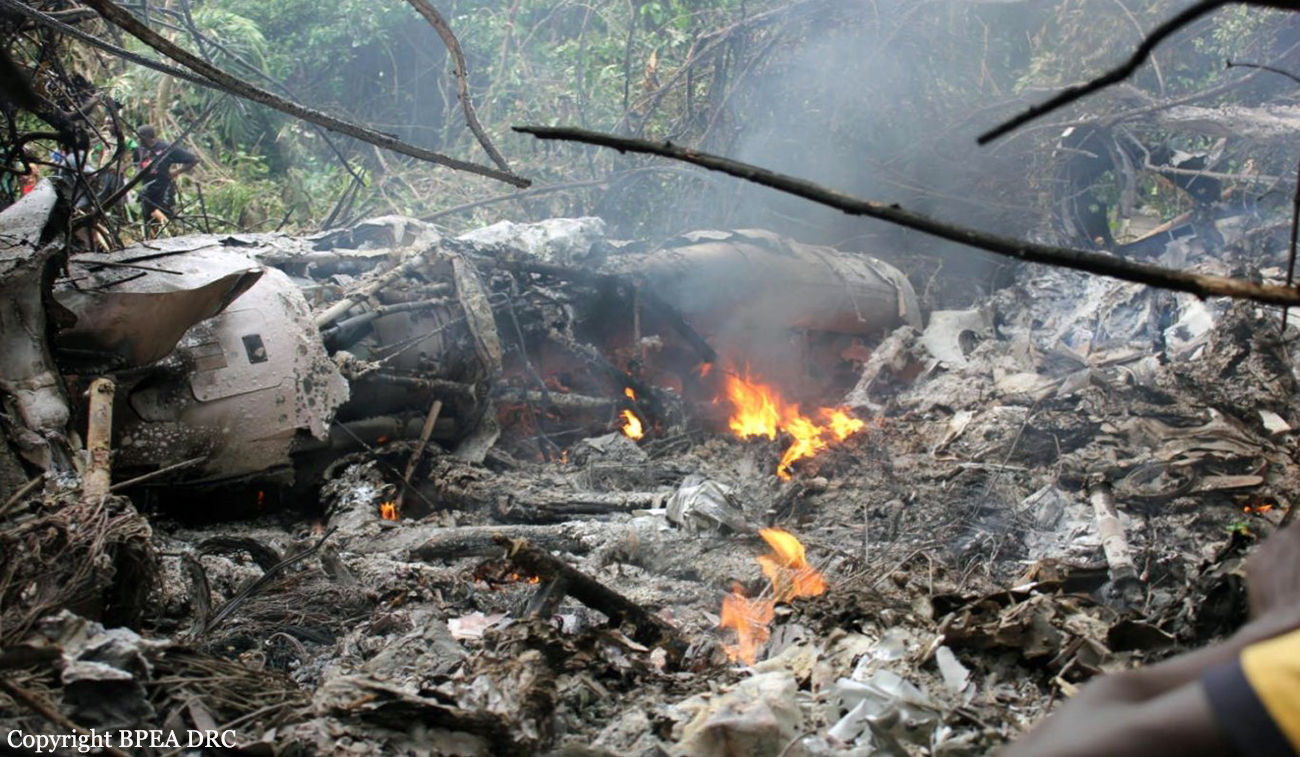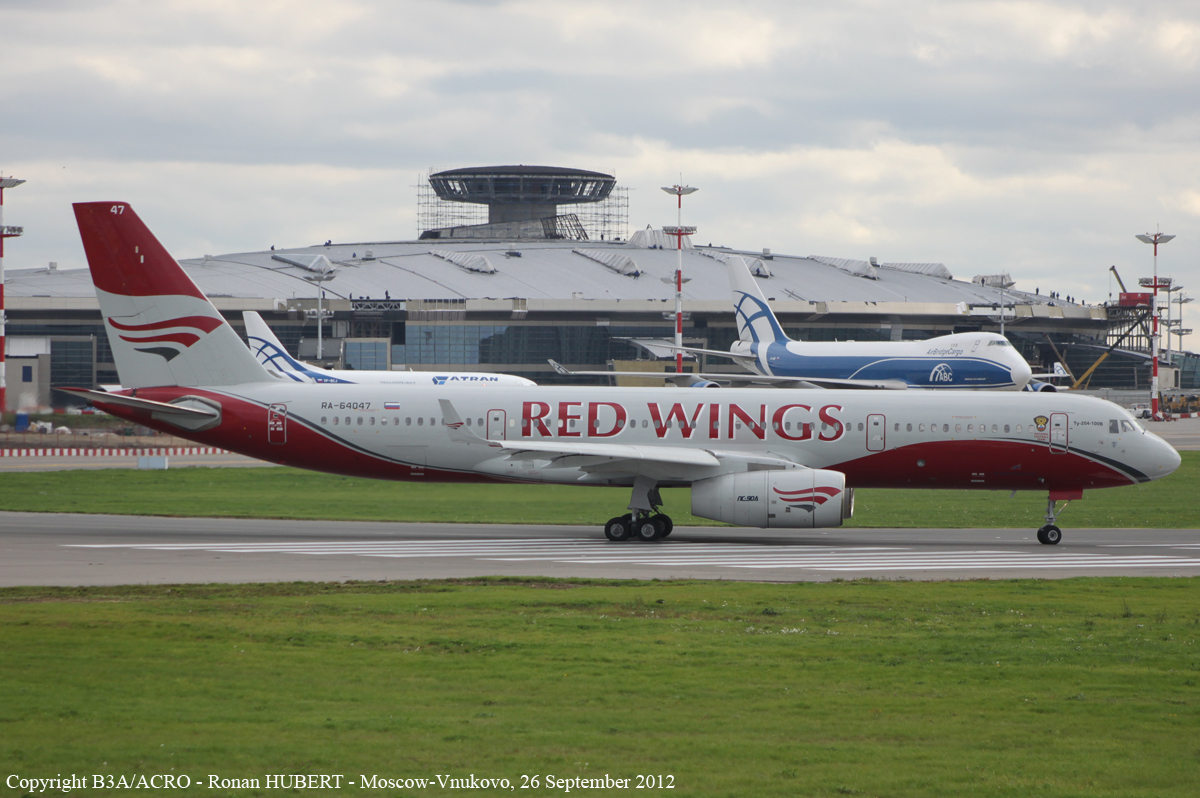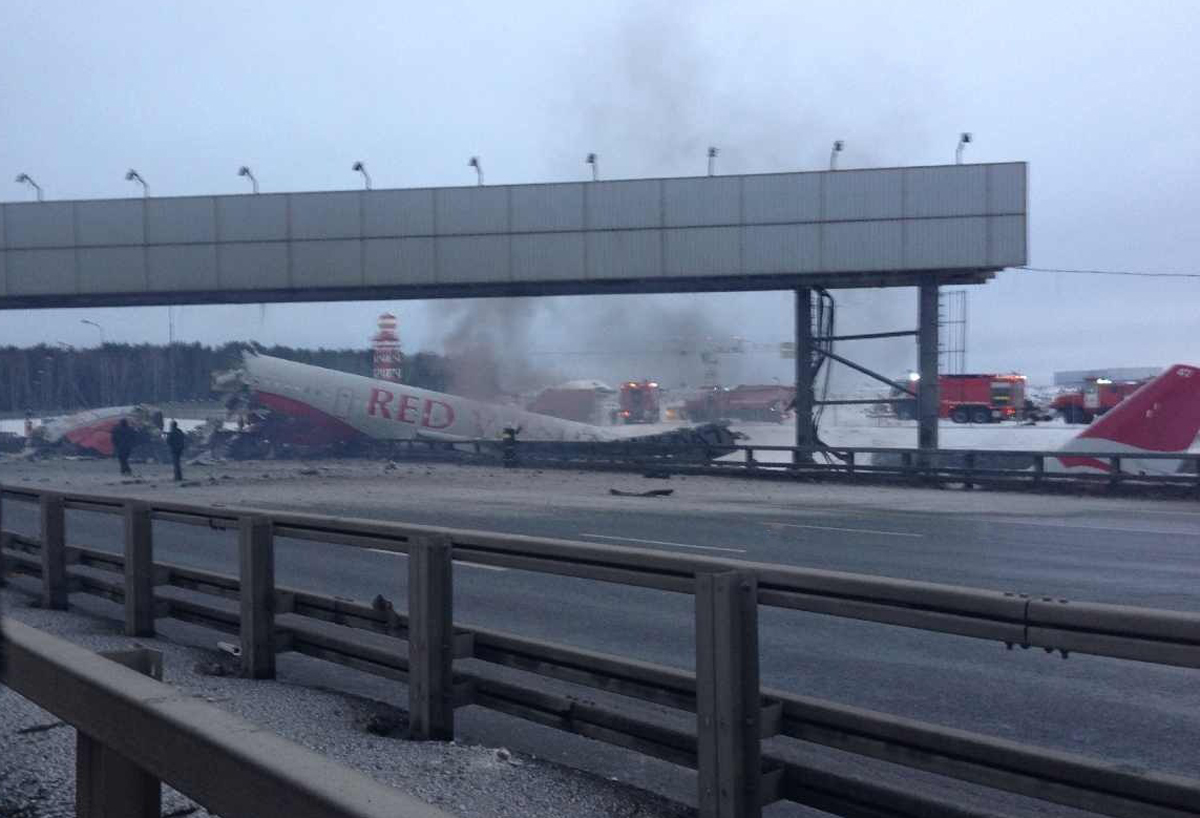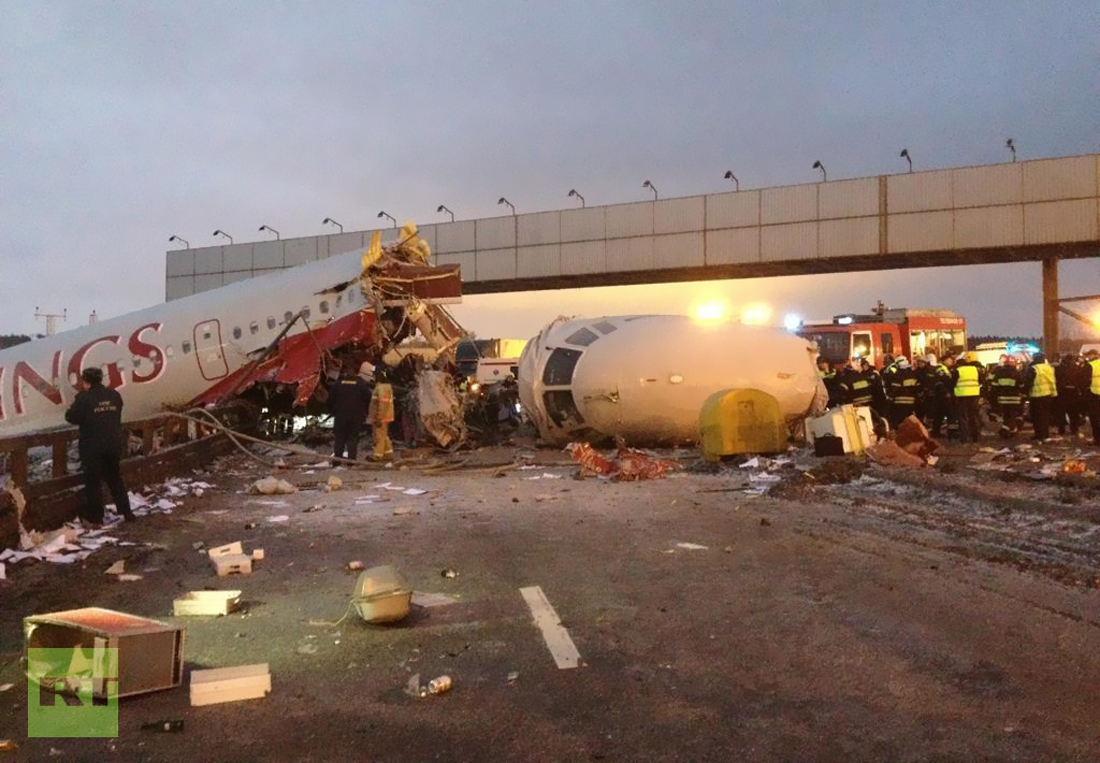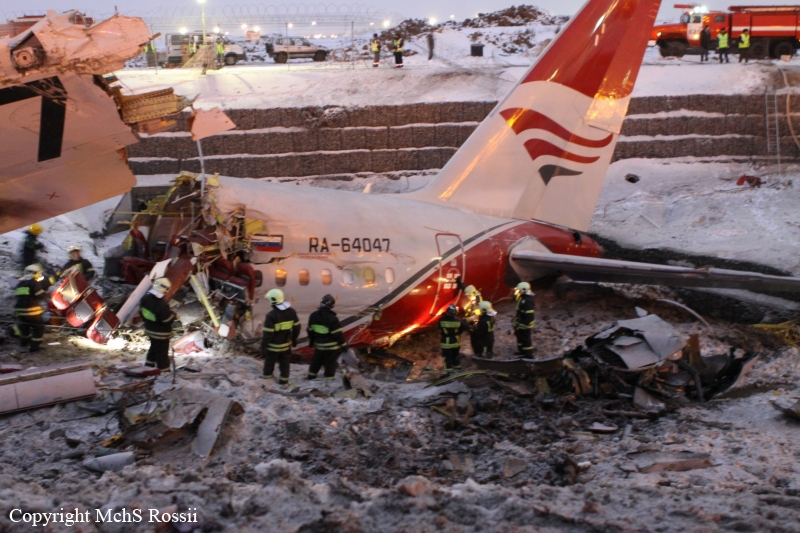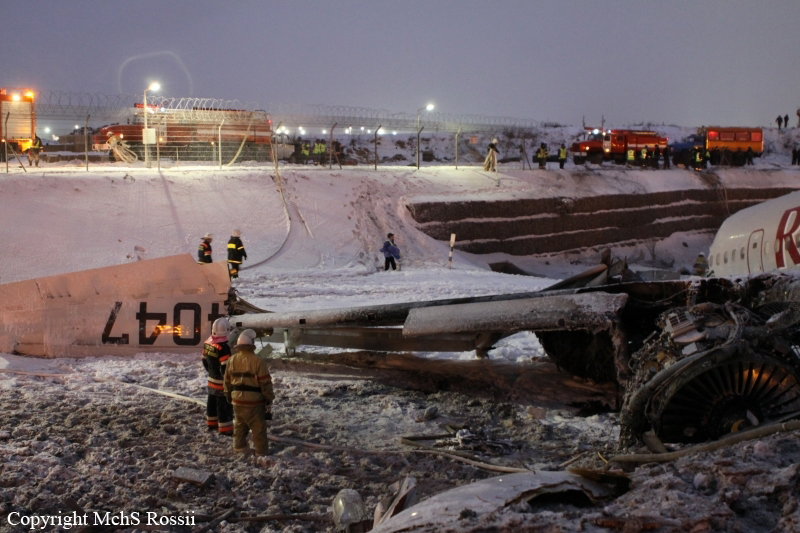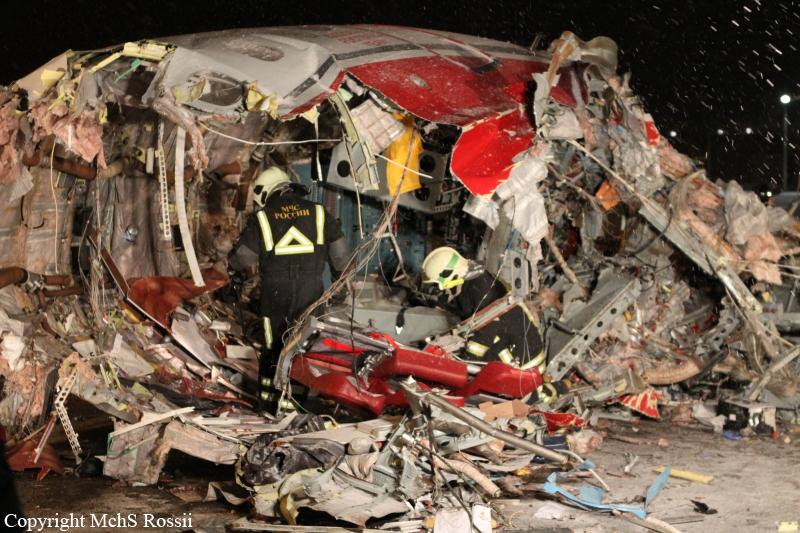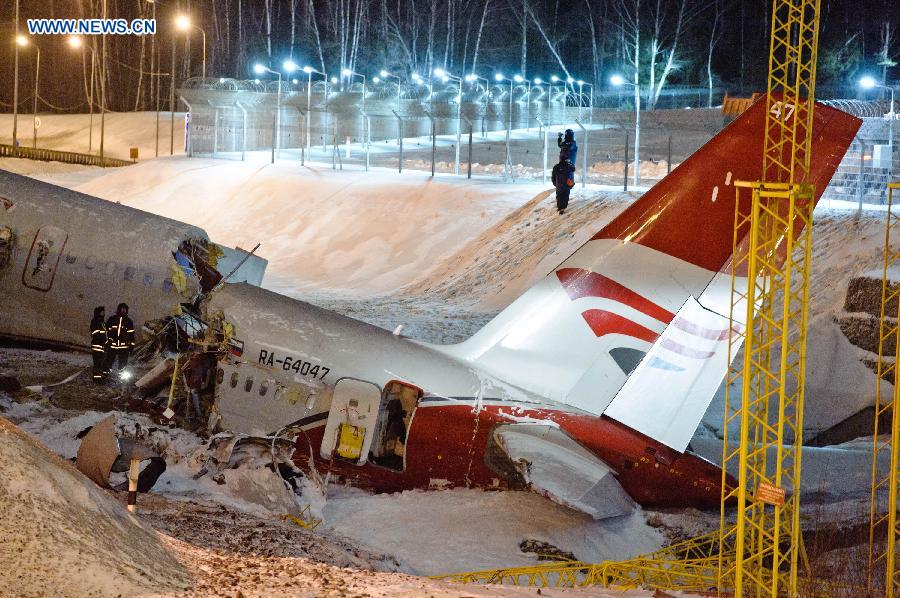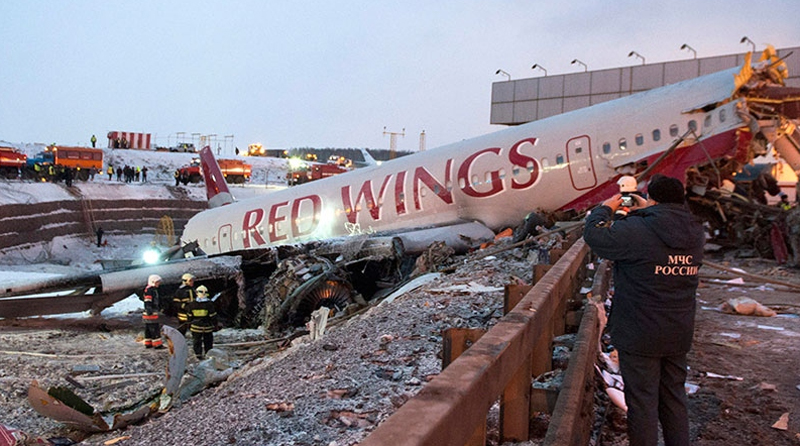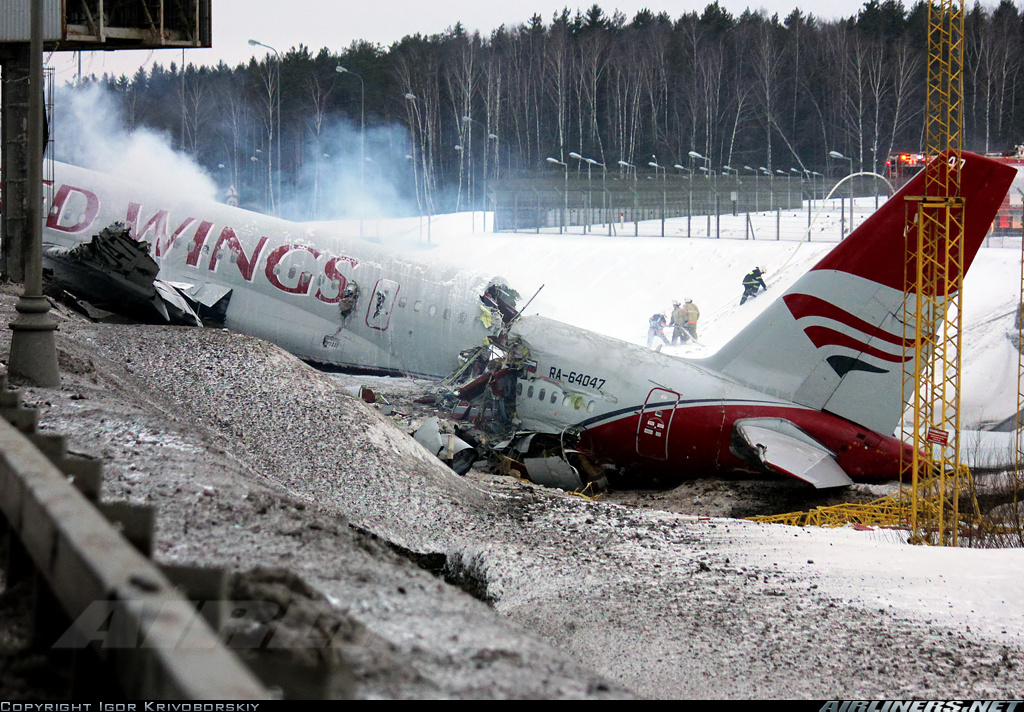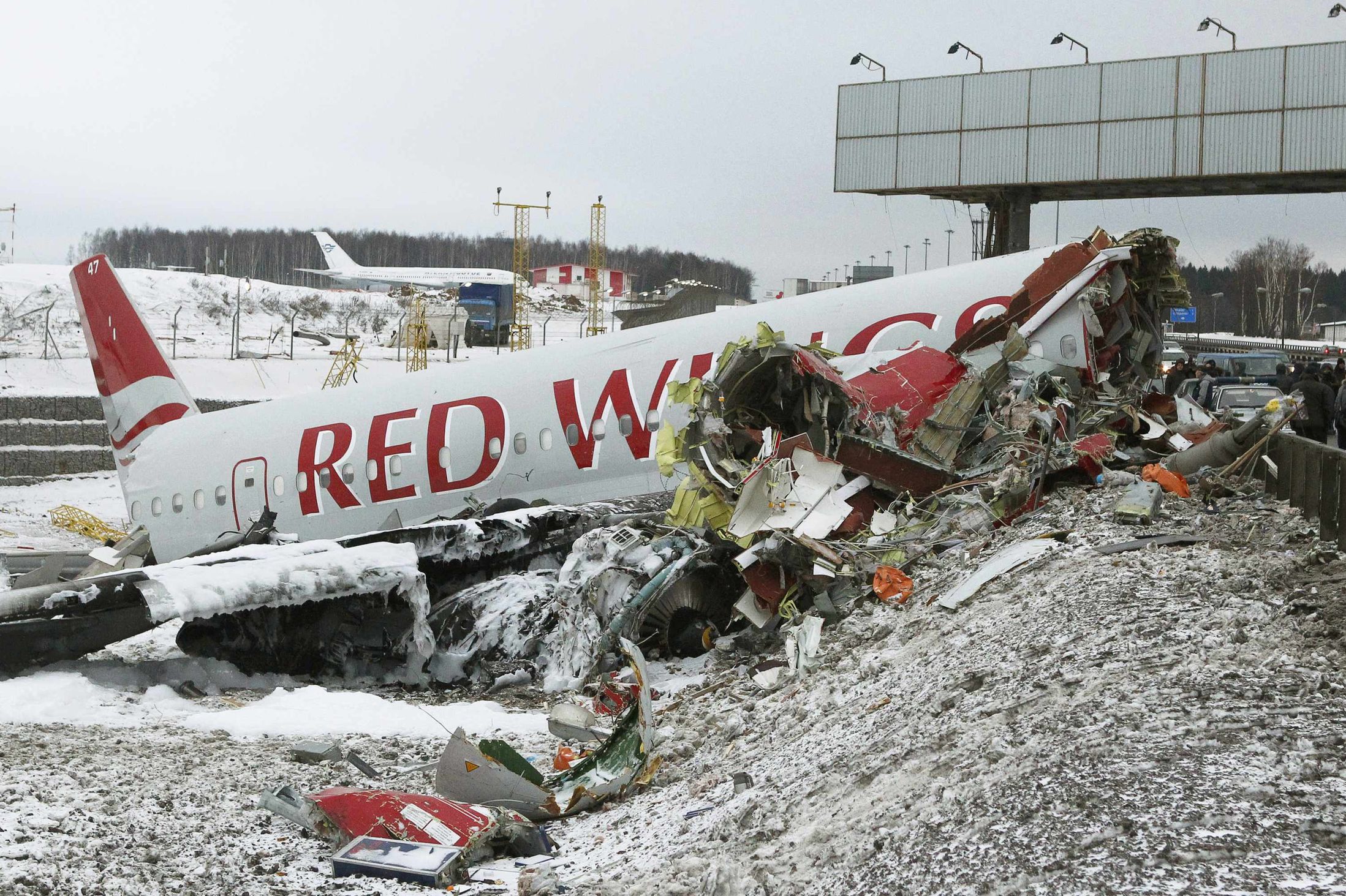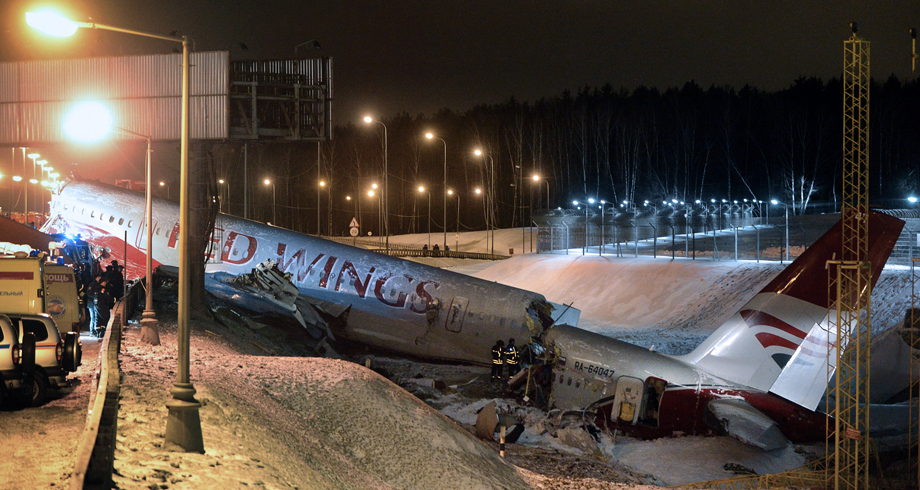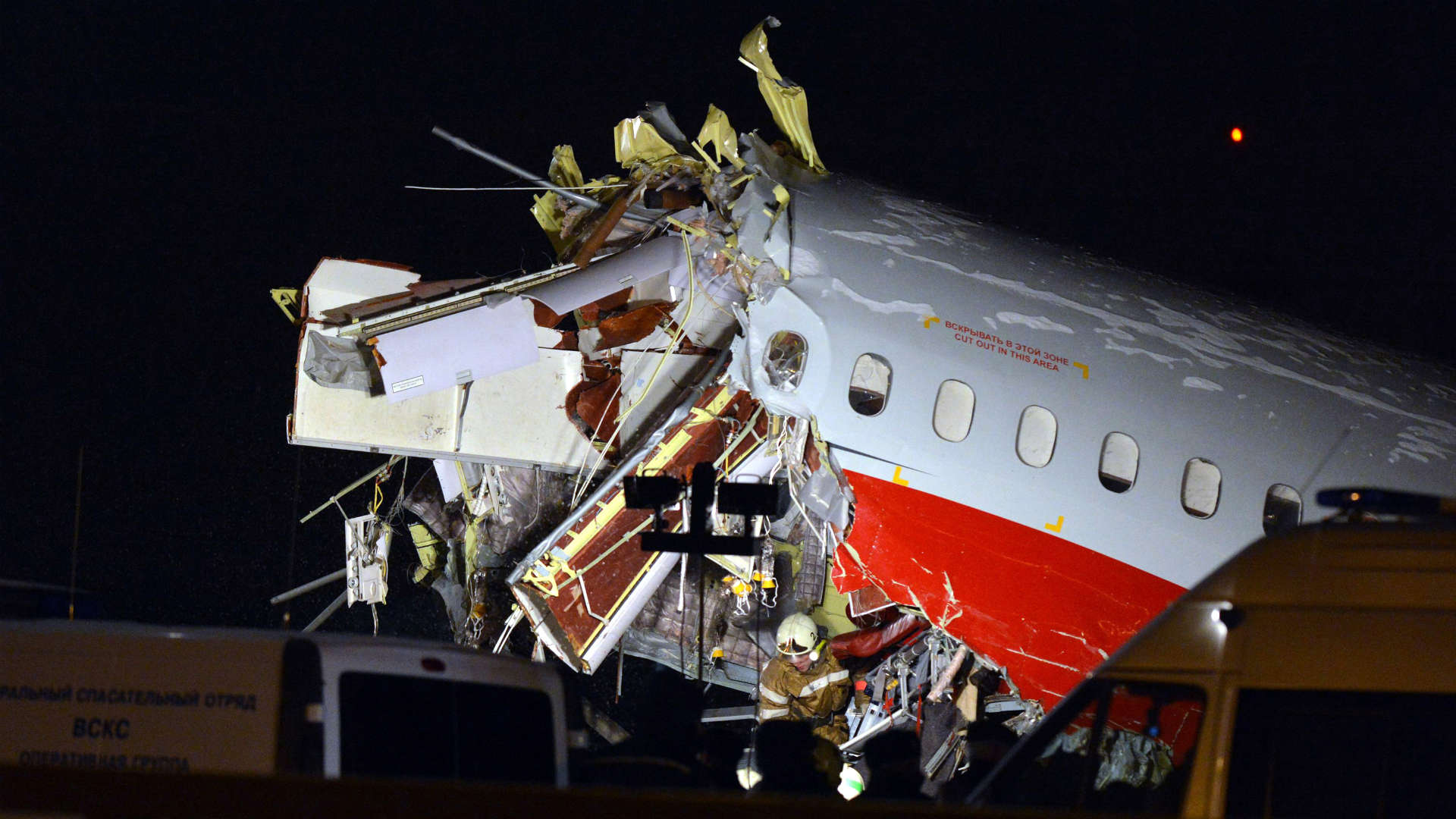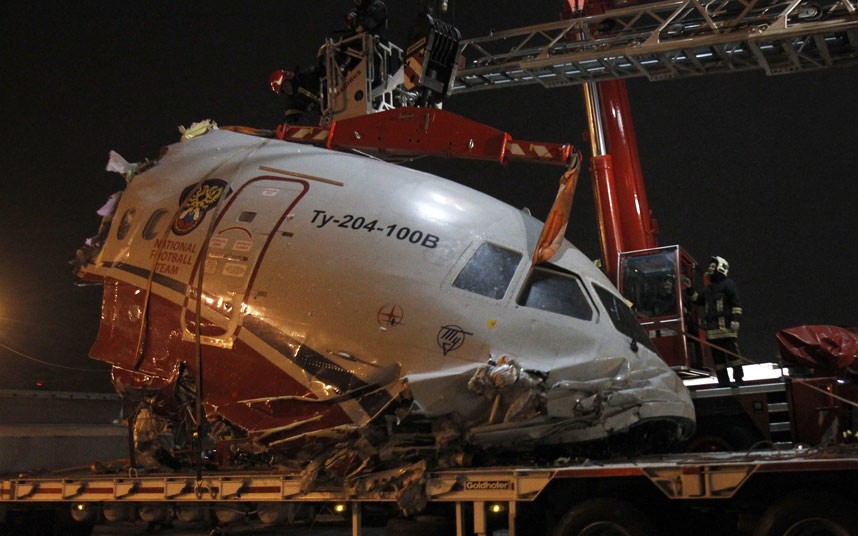Crash of a Cessna 340 in Riyadh
Date & Time:
Dec 3, 2014 at 1757 LT
Registration:
N340JC
Survivors:
Yes
Schedule:
Heraklion – Hurghada – Riyadh
MSN:
340-0162
YOM:
1972
Crew on board:
2
Crew fatalities:
Pax on board:
0
Pax fatalities:
Other fatalities:
Total fatalities:
0
Circumstances:
The crew was completing a ferry flight from Heraklion to Riyadh with an intermediate stop in Hurghada, Egypt. On final approach to Riyadh-King Khaled Airport, at an altitude of about 600 feet, the left engine lost power and failed, followed 10 seconds later by the right engine. The crew reported his situation to ATC when the aircraft lost height, impacted ground and slid for few dozen metres before coming to rest against a pile of rocks. One of the pilot suffered a broken wrist while the second pilot escaped uninjured. The aircraft was damaged beyond repair.
Probable cause:
Double engine failure on approach due to fuel exhaustion. It was determined that the crew miscalculated the fuel consumption for the flight from Hurghada to Riyadh.


